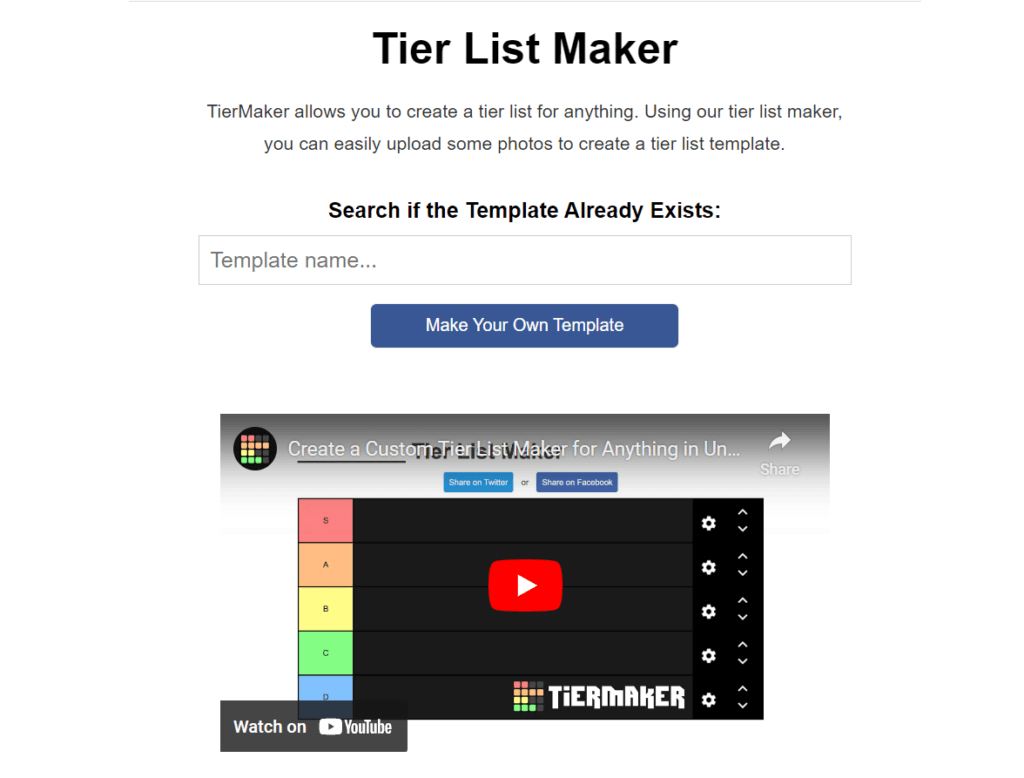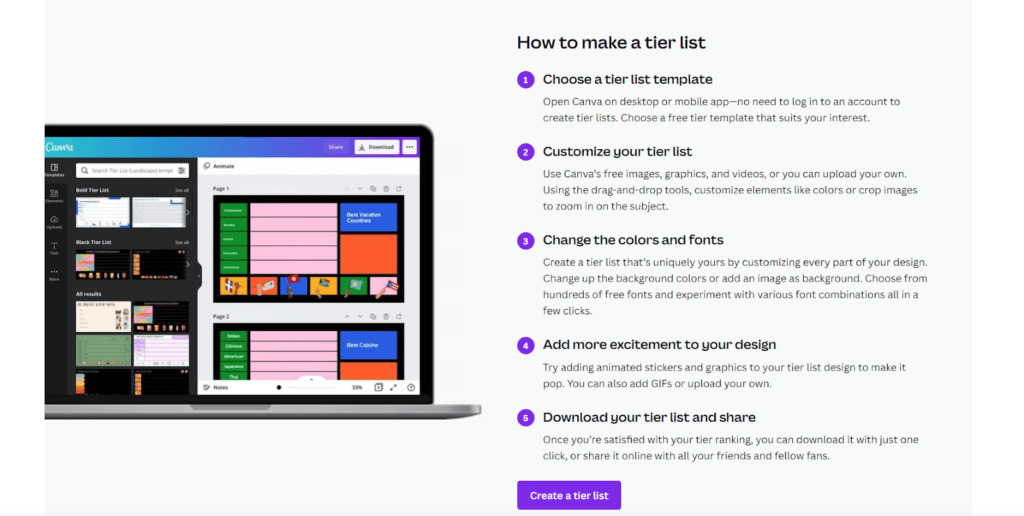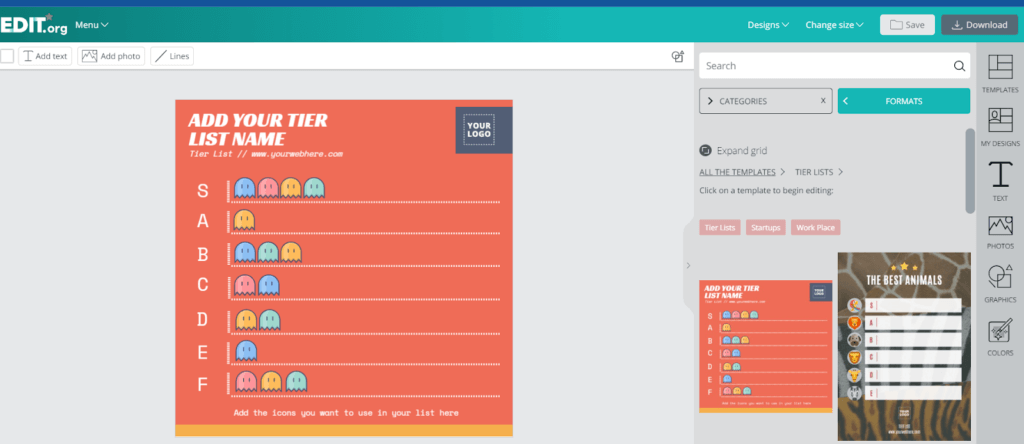

One of the biggest professional commitments is the marriage between a vendor and a buyer. By marriage, we mean a 1-5 year relationship bound with a contract. The software your team needs comes with a vendor relationship you’re going to foster, and like in real marriage you need to choose the right one. Otherwise, you’re in for a messy divorce.
The vendor selection process refers to when a business identifies a need and seeks out a new software vendor to reach their goals. Teams need to be extremely careful about which vendor they choose even if the software itself is great.
A problematic vendor can cause issues down the line, such as bad customer service, and not updating their product. There is a lot of outdated software that could have benefited from an ongoing development process to meet growing customer needs.
For teams to make the right choice, they will need to prepare for the software vendor evaluation process. This is essentially where they take their time learning vital information about potential vendors. It’s a cost-effective way to ensure your new software vendors are a worthwhile commitment.
The software vendor selection process encompasses weighing and balancing the goals, needs, and requirements of your organization while maintaining your sanity. It can be simple when vendors are transparent and an absolute nightmare when you have to dig deep for any morsel of information. On the bright side, learning as much as you can about yourself and potential vendors pays off when you find the perfect new system.
Even though you may know what type of software you need, the best way to pick the right vendor is to figure out your business needs with your team. The top considerations are features and the pricing model.
Identifying features to help you reach your business goals is important for choosing software that will be worth the total cost of ownership (TCO). The TCO of a software or service is all associated costs including implementation and future maintenance of the software. If the software doesn’t actually have the capabilities to improve the workflow of your business processes then all the money for training or add-ons will end up being a waste.
You should sit down with your team and look into popular or niche features found in the specific software. Things like a metrics dashboard, project management, or automation with ready-to-go templates are valuable features in business software solutions. As you look, take note of features that tend to be saved for more expensive subscription plans. From there you can reconsider what you absolutely need right now versus the future.
When it comes to researching pricing models that fit your team’s needs, it’s best to be ready for disappointment. There is software with flexible payment options and transparent pricing, but in certain industries like enterprise resource planning (ERP), you will find expensive products with hidden pricing. You will need to adapt your expectations as you go.
Another integral part of avoiding the wrong software is learning the compatibility of the vendor with your tech stack, operating system (OS), and hardware. If your team also tends to use their cellphones for work then learning technical specifications for a software’s mobile app ahead of time is also helpful. The best tool in the world is useless if it doesn’t run on the equipment your team has.
By the time you reach your shortlist in the decision-making process, all potential vendors should meet your team’s technical requirements. The integrations available in the new software should benefit you directly and not require new accounts or any confusing connection process.
Some other important considerations are options for future growth, accessibility, and customization. The right software should be able to grow with your organization. This can mean scalability for your data or offering easy add or removal of licenses.
It should also work well with your team and offer helpful accessibility features like dark modes or alt text for screen readers. Customization in general is an amazing boost for usability, especially if it includes theme changes, labeling, and visualizations of metrics.
With all the different vendors available, finding ones that interest you will be a long portion of the vendor selection process. One way to speed up the process is to use software review sites like TrustRadius. You will be able to search by category or related keywords. Each product page has specifications on the service and detailed end-user reviews.
For a quick reference, here are some places to research software vendors.
While you mine through the hundreds of different vendors, make sure to pick up on as much information about them as possible. The more you can learn about a vendor without having to set up a free consultation, the more time you save. It’s rare, but if some do charge for a quote then you might want to reconsider that appointment.
The types of information you will want to find include but are not limited to:
You may not be able to find a lot of information on a company and that is neither good nor bad. Some B2B software companies are very private. A clean image is good for them but it doesn’t guarantee there are no skeletons in their closet.
Creating a tier list of vendors can be a fun way to visualize your team’s final decision. You can take what would be a headache alone, and group rank them according to the most important criteria to you.
Examples of ways to rank your vendor list:
There are plenty of tier list makers online that are free, but be careful with where you store data because some do require making an account.
One super popular one for pop culture lists is Tiermaker.com. You can create your own basic template and enter in your own ratings. You do not have to make an account to use them.

Another amazing option for personalization is Canva. Canva is a simplified graphics software with pre-made templates and art. If your team wants more control in designing their own ranking template then tools like Canva are perfect for you. Note that because it comes with more control of structure, text, and elements, it will take more time to build. With Canva, you can make an account easily using your Gmail.

Similar to both Canva and Tiermaker is Edit.org. You have plenty of choices for list designs and can manipulate and place different elements. To quickly make an account you can use your Gmail.

Teams might do their ranking after consulting with sales teams or right before, but whenever you do check out our interview questions below.
The hardest part of talking to sales is it doesn’t stop. They can give incredibly long explanations and will often circumvent dicey topics like costs and past problems. The flood of information all at once is often why it’s so hard to avoid buying too early.
Sales teams are experts at talking up their service and those fantastic words will overwhelm any team. If you’ve read reviews on a business software before you may have even seen unsatisfied reviews about feeling swindled into the product. Some will even talk about how some unsavory clauses like auto-renewal were never discussed in their conversations with experts.
A great way to avoid this is never let them have control of the conversation and to never buy right after. You need to go in with a clear list of questions, especially hard questions like looking for a detailed price estimate.
The list is one-sided because during the conversation they ask you tons of their own questions. Your team size, budget, and what type of users you need like admin or view-only accounts. Do your best to stay on top of your own questions.
Helpful Questions to ask Potential Vendors
These questions are just suggestions to help you figure out what you really want to discuss.
It’s not a requirement, but ensuring you also have a recording of the conversation can help your team decide and provide a record to refer back to. If they refuse or say they have their own recording, ask point blank why they aren’t comfortable with you recording. They may have good reasons or they may seem more closed off. It’s worthwhile to still ask.
Software vendors that value transparency will want you to have as many resources as possible and shouldn’t have an issue with both of you having a copy of the conversation. Note: it’s illegal in some states and countries to record people without them knowing ahead of time, so please ask first.
Once you get started, it’s important to ask about the specific features you want. Once you’ve talked about functionality, get down to how much it will cost for what you need.
Sales teams that avoid talking about the cost in the first conversation you have with them aren’t worth a callback. The point of getting a quote is collecting the information you need to make decisions, not be herded to make a purchase. You need to be clear with yourself going into that conversation and ensure your questions are answered.
You don’t have to discuss bad reviews with them especially if you’re worried the conversation will turn sour. The reason it’s beneficial is you can see their reaction and if they make an effort to listen to criticism and improve.
The reality is some bad reviews are inevitable, but not being able to discuss past issues with the software shows a lack of transparency. The last thing you want is a vendor that can’t admit they’ve made mistakes. If they’re eager to talk about updates and resolutions to past problems then it means they want you to know they are capable of growth.
When you look through reviews you may learn that some people had problems with automation but others enjoyed it. Was a change made, or was the reach of the feature not enough for some teams? As your team sifts through reviews take a look at the companies of other end-users, their size, and their industry. You want to compare yourself to them and weigh the feedback in your mind and take as many notes as possible.
Resources for learning the software and resolving problems can be a lifesaver. Most vendors offer these services but the costs will vary. It can be helpful for later if you ask upfront about what those services are, how in-depth they are, and the overall cost. Depending on your team’s skill set and experience with the software you may need in-person training which is not always offered, so make sure to inquire.
One big point to discuss is the contract, with a heavy emphasis on commitment. The length of the contract, time of payments, and cancellation policy are super valuable pieces of information you can’t leave without.
Even if it sounds rude, directly ask if there are auto-renewal clauses or privacy permissions like letting them use your data. Make sure you can look at a copy of the contract for some time before buying.
Most vendor sales teams are respectful and do their best to be transparent. Don’t worry so much that you assume they’re all snake oil salesmen but always be prepared to get the information your team needs.
When you’re ready to get started looking for a new software vendor, check out TrustRadius’ popular categories on the landing page here. Or if you want to search by the vendor directly you can do that too.
Please leave a review to help other buyers make informed decisions.

Zara is a Research Content Writer/Editor for TrustRadius. She has an English BA and Web Design and Development AS. She enjoys the creativity and freedom of the tech world. In her free time she loves to create art, make jewelry, and work on sci-fi stories